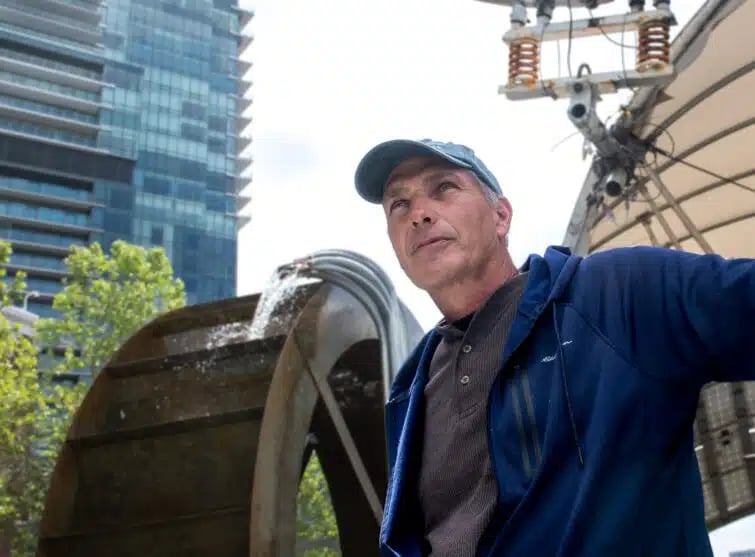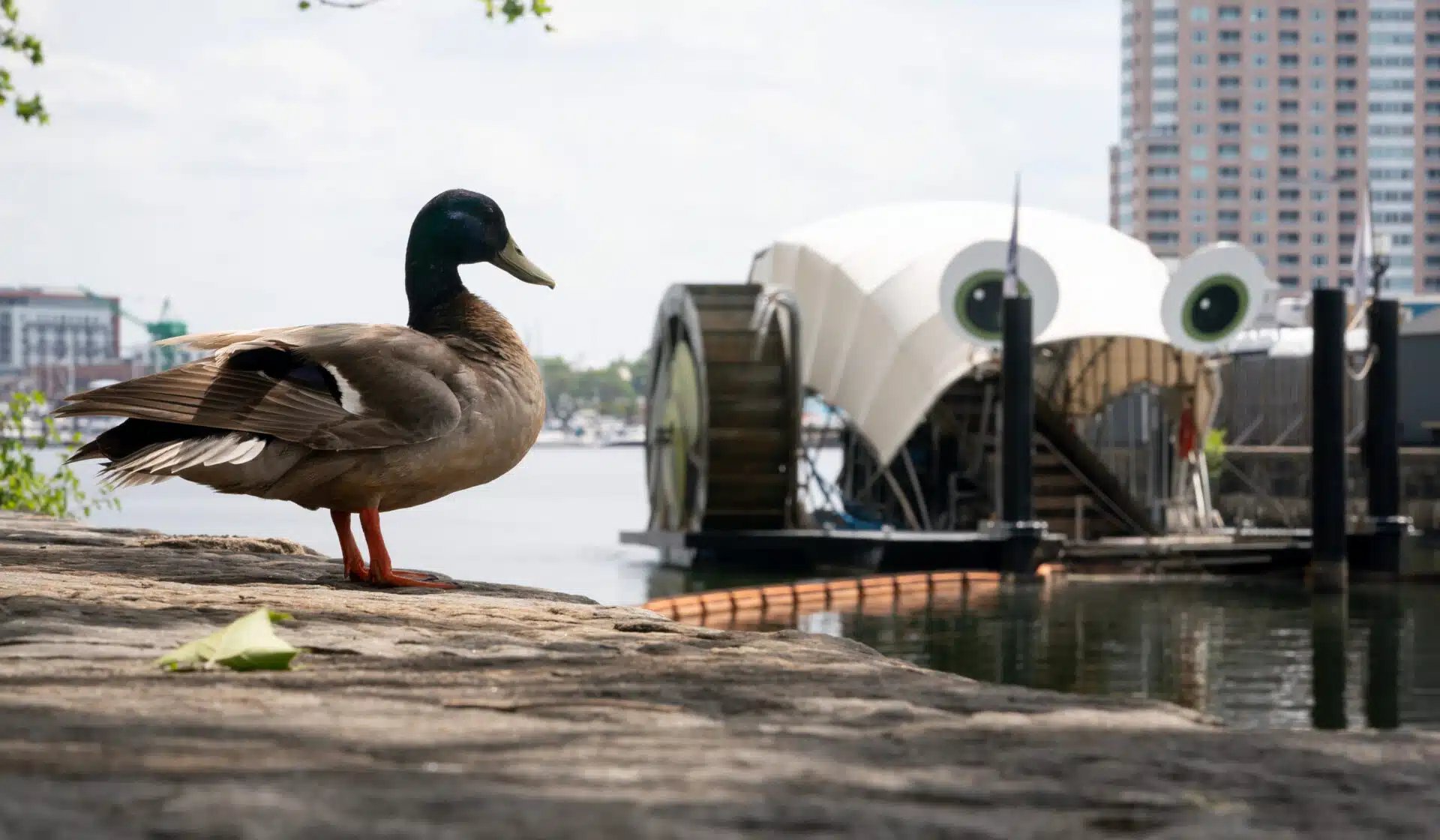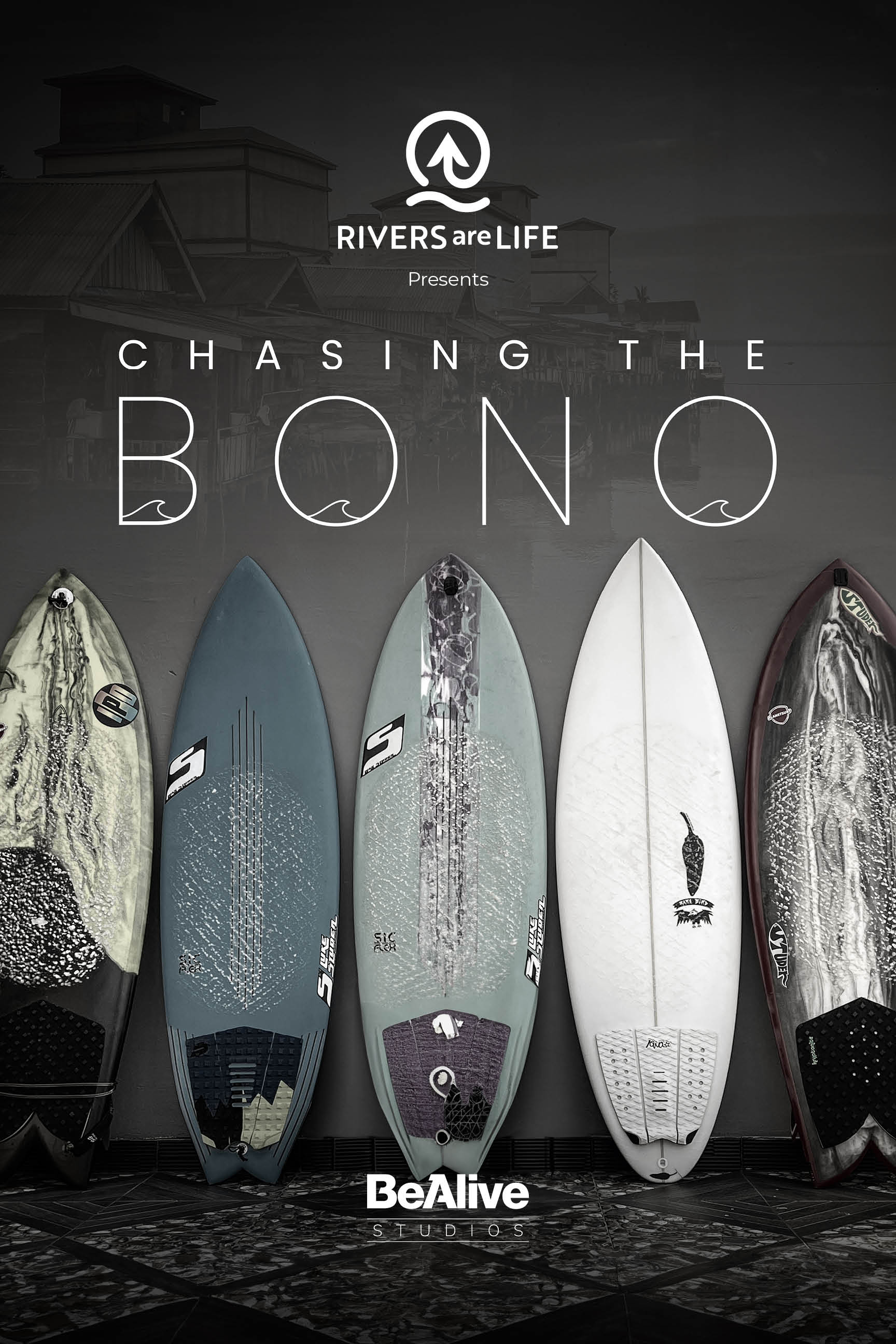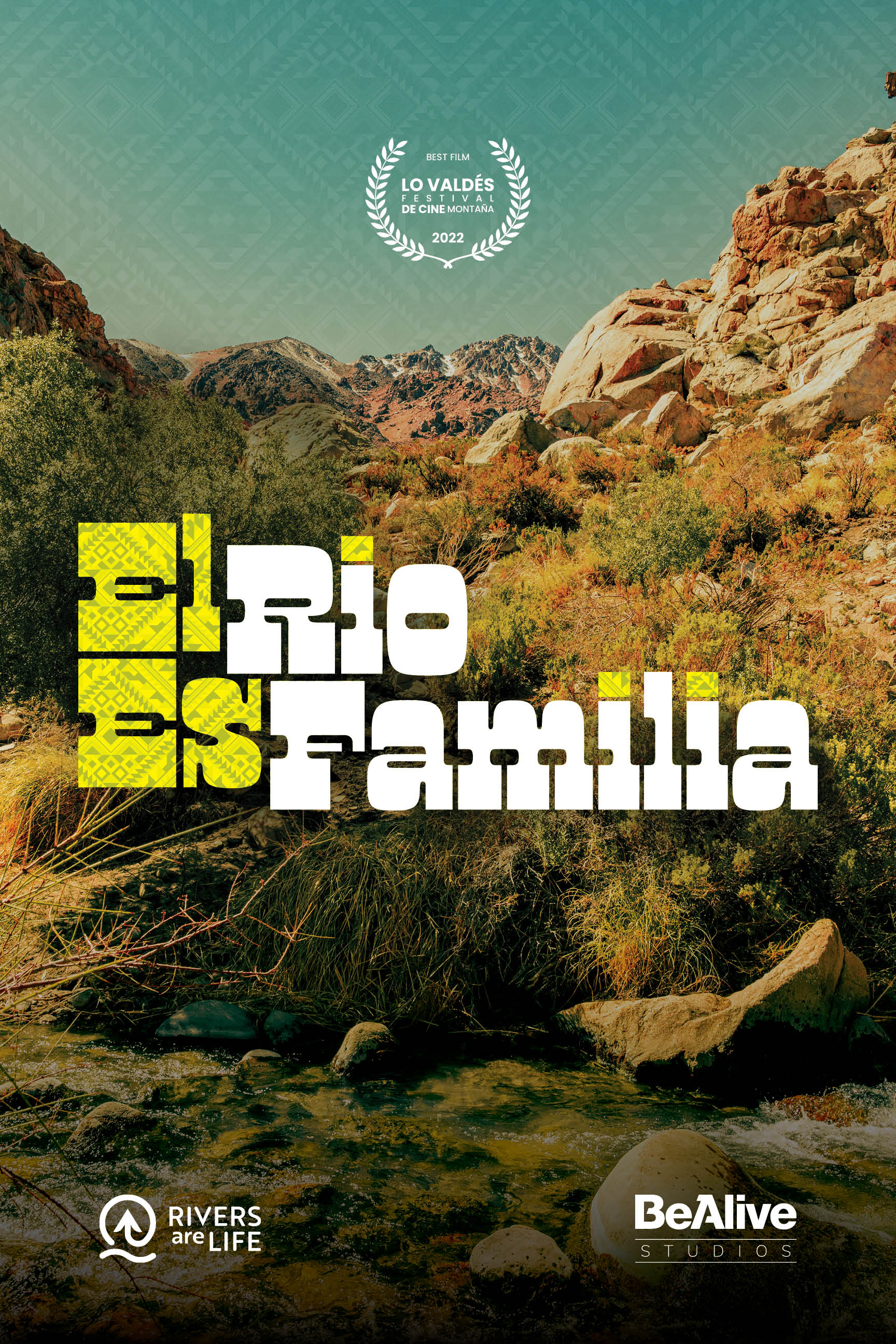MR. TRASH WHEEL
"When you get heavy rain, the power of water is incredible"
What is Mr. Trash Wheel
Meet Mr. Trash Wheel, an innovative waste collection invention and well-loved member of the Baltimore community. Located in the heart of Baltimore Harbor, Mr. Trash Wheel is a marvel of engineering and environmental stewardship that tirelessly works to remove trash and debris from the waterway. Through solar and hydro-power, Mr. Trash Wheel is cleaning up the harbor one piece of trash at a time.
Invented in 2008 by John Kellett, a Baltimore resident and engineer, Mr. Trash Wheel was the solution to a growing problem of pollution in Baltimore’s Inner Harbor. The harbor, once plagued by litter and debris, needed an effective way to clean itself and prevent trash from flowing into the Chesapeake Bay. Mr. Trash Wheel was born out of this necessity and Kellet’s creativity, and it has been making a remarkable impact ever since.

Meet the Family
Mr. Trash Wheel’s family has expanded to 4 trash wheels, including Professor Trash Wheel, Captain Trash Wheel, and the newest, Gwynnda the Good Wheel of the West.
Mr. Trash Wheel®: Location: Jones Falls stream, Inner Harbor, Baltimore, MD
Captain Trash Wheel®: Location: Masonville Cove, Baltimore, MD
Professor Trash Wheel®: Location: Harris Creek, Canton neighborhood, Baltimore, MD
Gwynnda the Good Wheel of the West®: Location: Gwynns Falls, West Baltimore, MD
Baltimore Harbor
Baltimore Harbor, an estuary within the Chesapeake Bay watershed, represents a complex and dynamic ecosystem teeming with life. Covering approximately 13,000 acres of water and stretching over 40 miles of shoreline, the brackish harbor waters provide a unique habitat where freshwater from various rivers converges with the saline tides of the bay. This mixing of waters supports an array of aquatic species, from blue crabs and striped bass to oysters and underwater grasses.
How It Works
Mr. Trash Wheel operates using a combination of solar and hydro-powered energy, making it a sustainable and eco-friendly solution to water pollution.
Here’s how it works:
● Conveyor Belt: Floating on the water’s surface, Mr. Trash Wheel features a large, waterwheel-driven conveyor belt.
● Collection Rake: As water flows through the conveyor belt, a collection rake scoops up trash, debris, and litter, preventing it from entering the Chesapeake Bay.
● Solar Panels: Solar panels on Mr. Trash Wheel’s canopy provide energy to power the conveyor belt and other mechanical components.
● Waterwheel: The waterwheel itself is turned by the natural flow of the water, further harnessing the energy needed for operation.
● Trash Compactor: Collected trash is then deposited into a dumpster of.
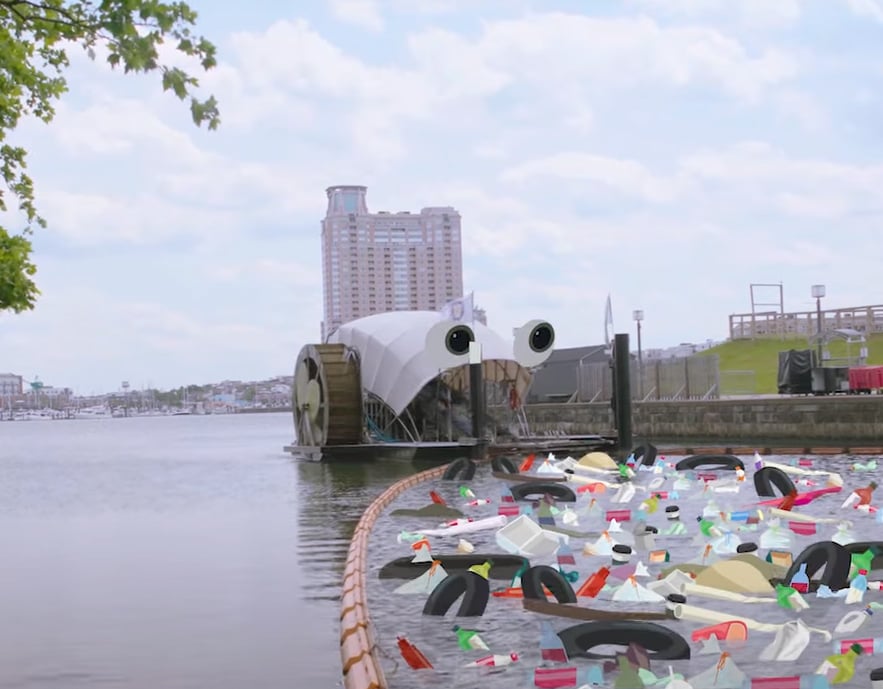

5M POUNDS
Of trash collected by the Trash Wheel family.

13,036,008 CIGARETTE BUTTS
Removed from the harbor.

1,812,576 PLASTIC BOTTLES
Removed by Mr. Trash Wheel.


